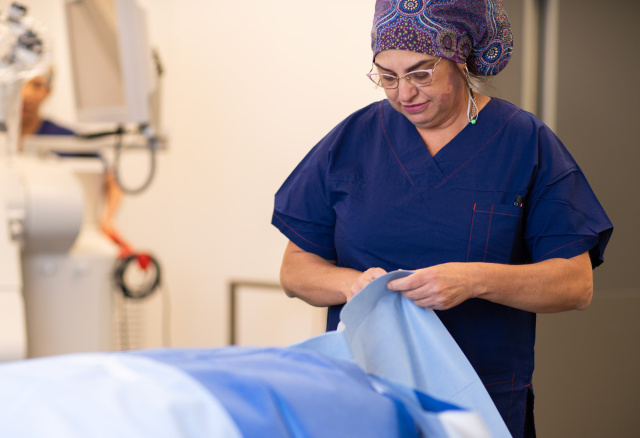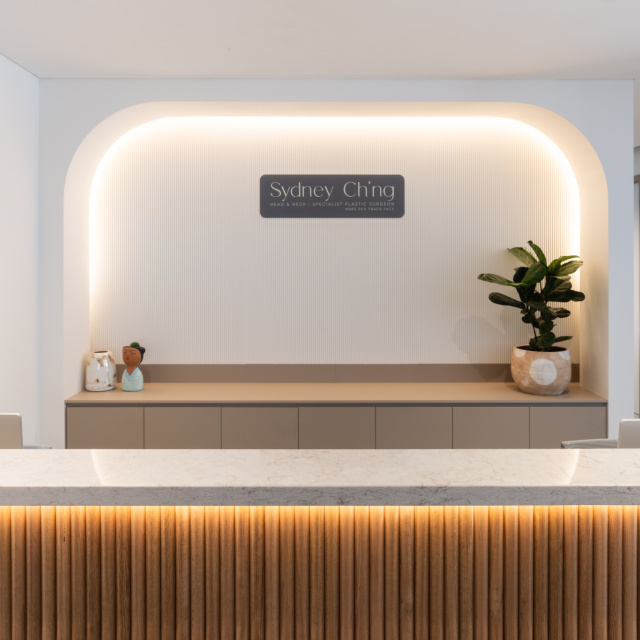Pre & Post Care
Here is some helpful information to support you in the days and weeks before and after your surgery.

Preoperative care
You should have had all questions about your surgery and aftercare answered during your medical consultation(s). You should contact our practice to discuss any outstanding queries that cannot wait until the day of surgery. You should have been contacted by the anaesthetist or Preadmission Clinic about your anaesthetic. Very importantly, you should never feel coerced to have to undergo any surgery.
On the Day of Surgery
You should follow the fasting instructions provided. You should arrange for someone to pick you up from hospital on the day of surgery or the day after if you are having a general anaesthesia or sedation.
Postoperative care
Here is some helpful information to support you in the days and weeks following your surgery.
Wound care
Following your surgery, you will be provided with wound care and follow-up instructions. There are some overarching principles in wound care, but your care plan will be tailored to your specific circumstances.
Suture or staple removal
Generally, sutures are removed from the face 5–7 days after surgery, and skin staples are removed from the scalp at around 2 weeks.
This timing can be influenced by factors including:
- level of tension in a wound
- location of the wound
- your work or hobbies
- logistical factors, including where you live or if you’re going on holidays.
You might be required to keep the dressing completely dry until suture removal or to apply antibiotic ointment to the wound twice daily for 5–7 days.
You will be required to present to a dressing clinic (or your GP Nurse if you live outside the Sydney region) for suture/staple removal.
Caring for skin grafts
For skin grafts, you will generally be required to take oral antibiotic for 5–10 days, and to present to a dressing clinic (or your GP Nurse if you live outside the Sydney region) at around 7–10 days following surgery for a skin graft check.
Until the skin graft is completely taken, you will need to continue to dress it and avoid getting it wet.
Split-thickness skin grafts generally require 5–10 days to fully take. The graft donor site (usually on the thigh) will have a dressing that requires soaking off in the shower or bath at around Day 12–14.
Full-thickness skin grafts generally require 10–14 days to fully take. The skin graft donor site (usually on the face in front of the ear, neck, arm or groin) is typically closed with dissolvable sutures and covered with a waterproof dressing that is left in place for 7–10 days, or managed with twice-daily application of antibiotic ointment for 7 days.
For the best cosmetic outcome following suture removal, you may be required to:
- apply silicone gel/sheet to the wound for up to 4 months
- massage the wound gently twice daily with an emollient.
Activities following surgery
You will be required to avoid sun exposure to the wound for 6–8 weeks after surgery, to prevent dark pigmentation.
For wounds on the head/neck, you may be required to sleep on 2 pillows and/or avoid bending forward to avoid increasing pressure in the head and neck region that could worsen swelling or risk bleeding. For example, this could mean avoiding pilates or yoga for 2–6 weeks, depending on the complexity of your surgery.
For wounds on a high-tension site (like the shoulder or knee), you may be required to avoid heavy activities for 6–12 weeks to reduce the risk of stretching or bursting the wound.
Get in touch
If you’d like to know more about our head and neck, plastic or skin cancer surgical services, or if you have a question for Dr Ch’ng, we’d love to hear from you.
